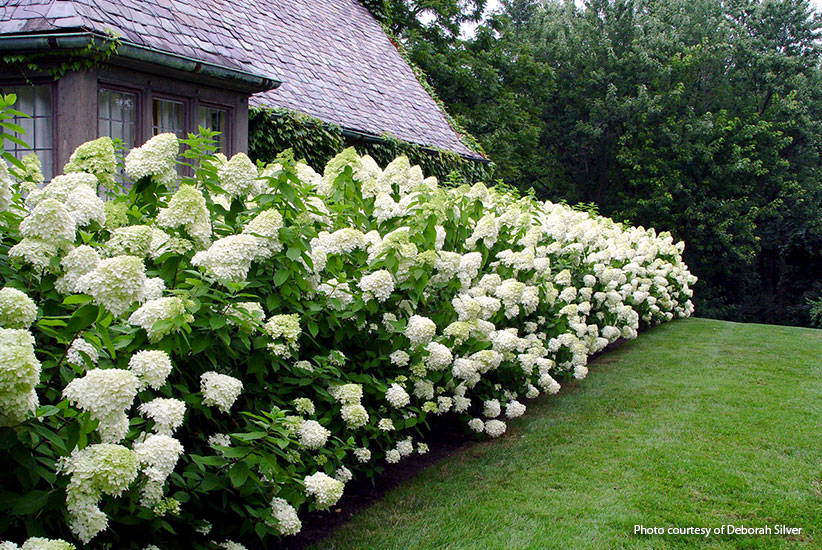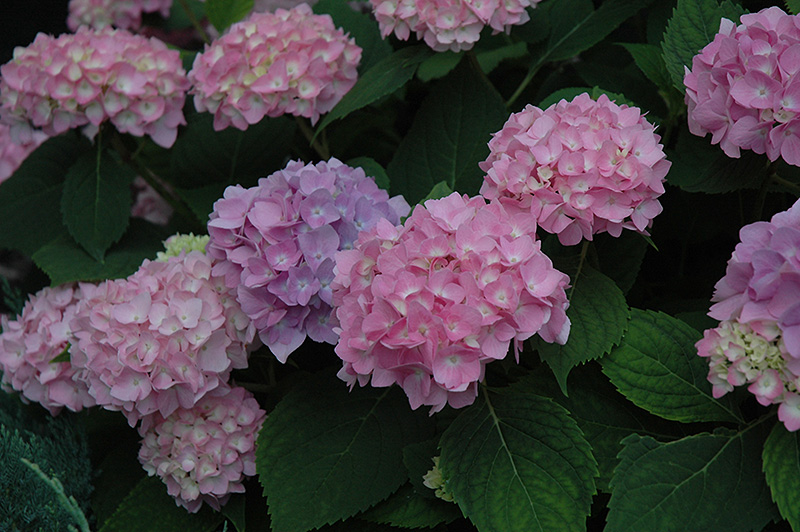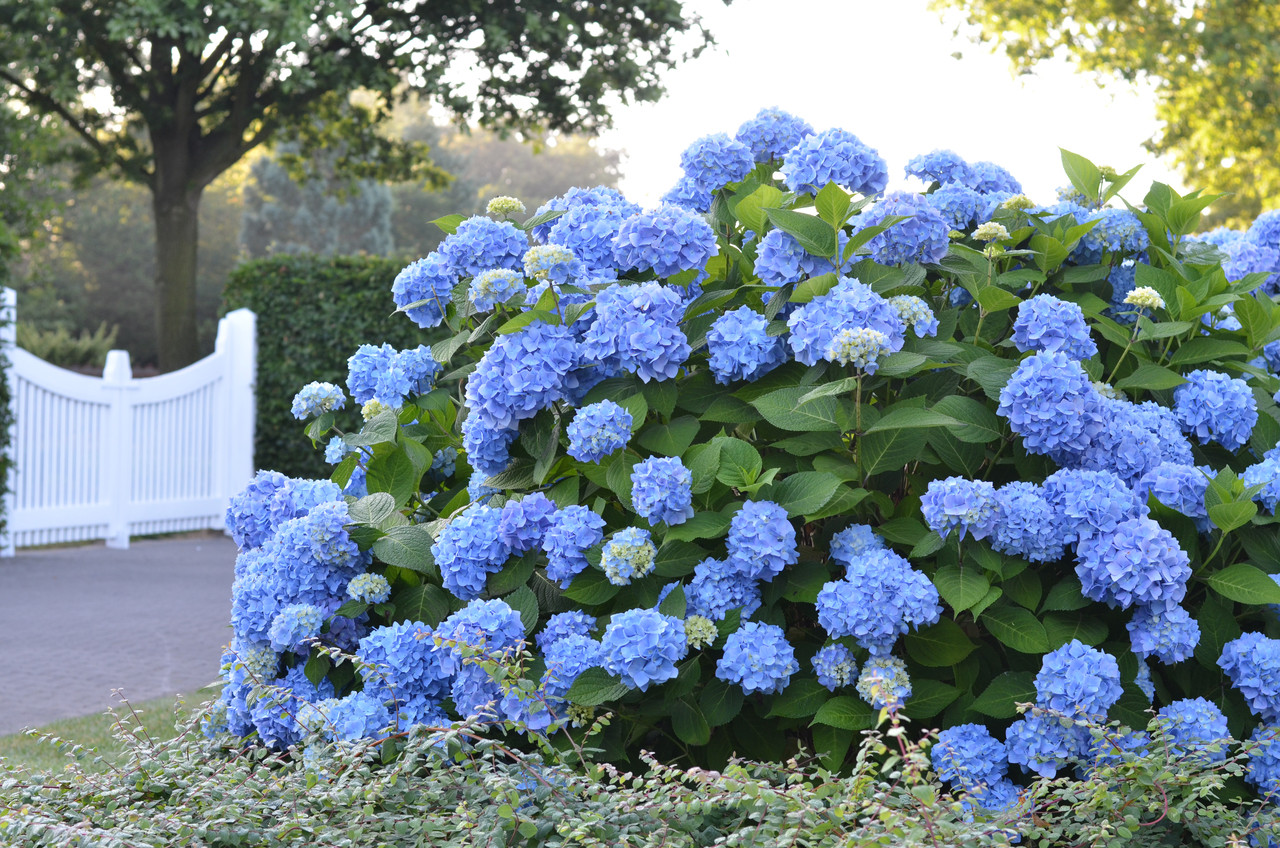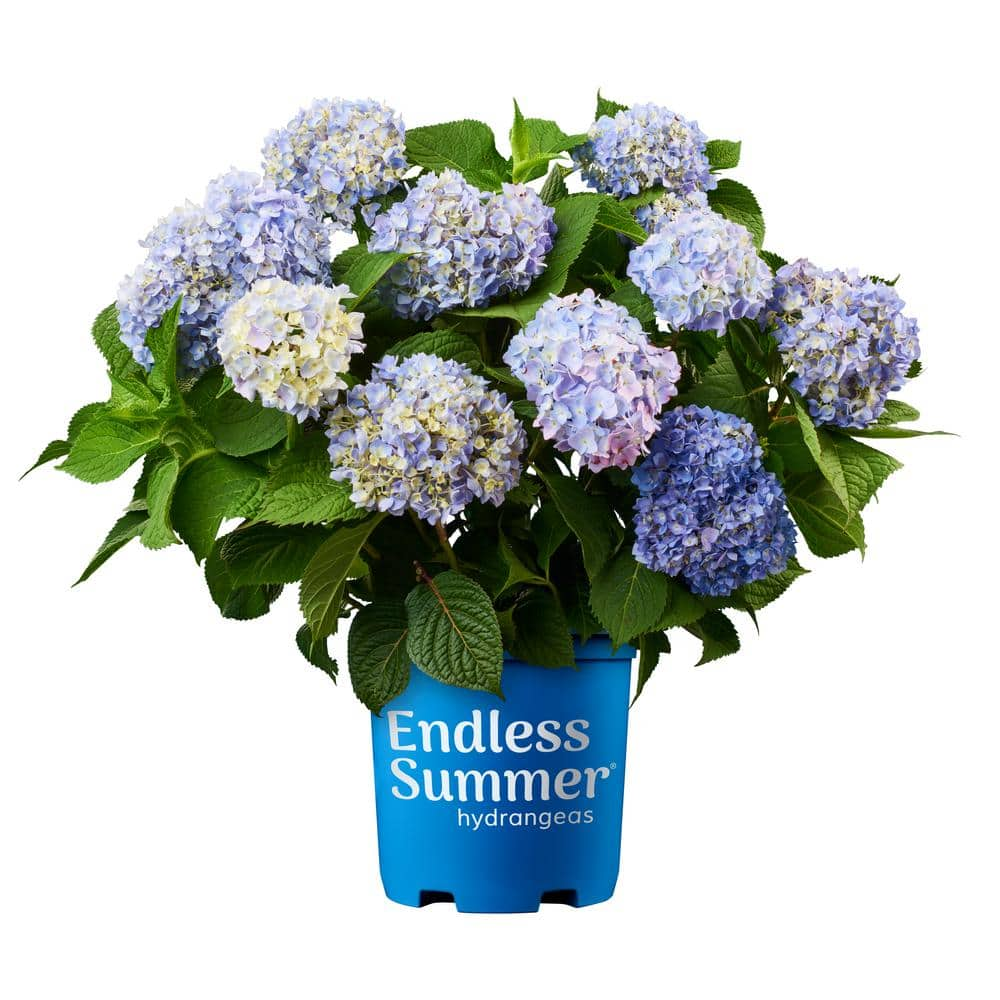The Original Hydrangea: A History Of This Timeless Flower
Hydrangeas are one of the most popular flowers in the world, known for their large, colorful blooms. But did you know that hydrangeas have a long and fascinating history?
In this blog post, we will take a look at the history of hydrangeas, from their origins in China to their popularity today. We will also discuss the different types of hydrangeas, their symbolism, and how to care for them.
Origins of Hydrangeas
The hydrangea is native to East Asia, where it has been cultivated for centuries. The earliest known record of hydrangeas comes from China, where they were first mentioned in a book of herbal medicine in the 1st century AD.
Hydrangeas were introduced to Europe in the 17th century, and they quickly became popular among gardeners. In the 18th century, hydrangeas were introduced to North America, and they have been popular there ever since.
Types of Hydrangeas
There are over 70 different species of hydrangeas, and they come in a wide variety of shapes, sizes, and colors. Some of the most popular types of hydrangeas include:
- Mophead hydrangeas: These hydrangeas have large, round flowerheads that resemble pom-poms. They come in a variety of colors, including blue, pink, white, and purple.
- Aspera hydrangeas: These hydrangeas have small, bell-shaped flowers that are arranged in clusters. They come in a variety of colors, including blue, pink, white, and green.

- Panicle hydrangeas: These hydrangeas have large, conical flowerheads that resemble fireworks. They come in a variety of colors, including white, pink, and purple.

- Tree hydrangeas: These hydrangeas can grow up to 30 feet tall, and they have large, panicle-shaped flowerheads. They come in a variety of colors, including blue, pink, and white.
Symbolism of Hydrangeas
Hydrangeas have a variety of symbolic meanings in different cultures. In China, hydrangeas are a symbol of good luck and prosperity. In Japan, hydrangeas are a symbol of gratitude and appreciation. In Western cultures, hydrangeas are often associated with love, loyalty, and remembrance.
Caring for Hydrangeas
Hydrangeas are relatively easy to care for, but they do require some special attention. Hydrangeas prefer full sun to partial shade, and they need well-drained soil. They should be watered regularly, especially during the summer months. Hydrangeas also need to be fertilized in the spring and fall.
Conclusion
Hydrangeas are beautiful, versatile flowers that can add a touch of elegance to any garden. With proper care, hydrangeas will thrive for many years to come.
The hydrangea is a beautiful and versatile plant that can be found in gardens all over the world. But did you know that there is an original hydrangea? This shrub, known as the Endless Summer Hydrangea, is the first hydrangea that blooms both on the previous year's branches as well as the new season's growth. This means that you can enjoy its beautiful flowers for a longer period of time.
The Endless Summer Hydrangea is also known for its vibrant colors. The flowers can be blue, pink, or even purple, depending on the soil pH. If you want to learn more about this amazing plant, I encourage you to visit . This website has a wealth of information about the Endless Summer Hydrangea, including its history, care, and cultivation.
FAQ of the original hydrangea
Q: What is the original hydrangea?
A: The original hydrangea is a type of hydrangea that blooms both on the previous year's branches as well as the new season's growth. It is also known as the Endless Summer hydrangea because it can bloom for several seasons. The original hydrangea has beautiful blue or pink flowers, depending on the soil pH.
Q: What color are the flowers of the original hydrangea?
A: The flowers of the original hydrangea can be blue or pink, depending on the soil pH. If the soil is acidic, the flowers will be blue. If the soil is alkaline, the flowers will be pink. You can change the color of the flowers by amending the soil pH.
Q: How do I care for the original hydrangea?
A: The original hydrangea is a relatively easy plant to care for. It prefers partial shade and moist, well-drained soil. It should be watered regularly, especially during hot, dry weather. The original hydrangea does not need to be fertilized often, but you can fertilize it with an acid fertilizer in the early spring to help the flowers bloom blue.
Q: How do I propagate the original hydrangea?
A: The original hydrangea can be propagated by cuttings. Take 4-6 inch cuttings in the early spring or fall. Remove the lower leaves from the cuttings and dip them in rooting hormone. Plant the cuttings in a pot of well-drained potting mix. Keep the potting mix moist and the cuttings in a shady location. The cuttings should root in about 4-6 weeks.
Q: What are some common problems with the original hydrangea?
A: The original hydrangea is susceptible to a few common problems, including:
- Leaf spot: This is a fungal disease that causes brown spots on the leaves.
- Powdery mildew: This is a fungal disease that causes a white powdery coating on the leaves.
- aphids: These small insects can suck the sap from the leaves, causing them to wilt and yellow.
- scale insects: These small insects can attach themselves to the stems and leaves, sucking the sap.
Image of the original hydrangea
- Image 1: A full shot of a large, healthy hydrangea bush covered in pink flowers.

- Image 2: A close-up of a single hydrangea flower, showing the delicate petals and blue center.

- Image 3: A group of hydrangeas in various shades of pink, blue, and white.

- Image 4: A hydrangea bush in full bloom, surrounded by lush green foliage.

- Image 5: A hydrangea flower arrangement in a vase, making a beautiful centerpiece for a table.

Post a Comment for "The Original Hydrangea: A History Of This Timeless Flower"